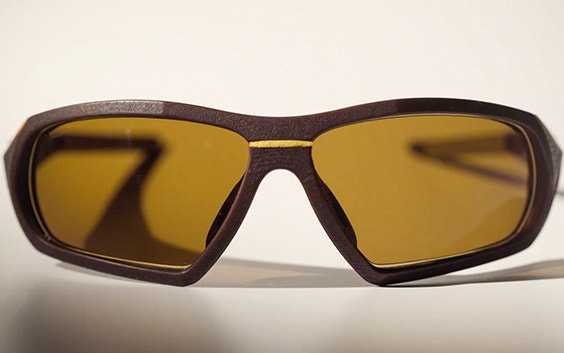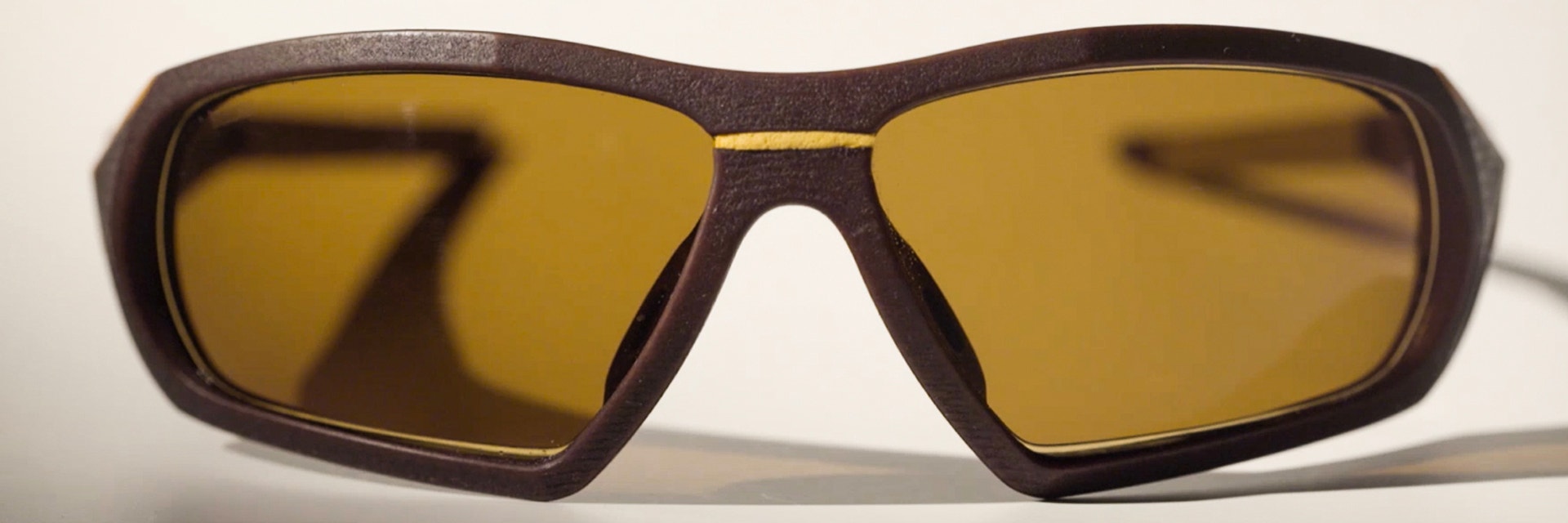CASE STUDY
Materialise and SEIKO’s Award-Winning Xchanger Collection

As a company whose very name means ‘precision’ in Japanese, SEIKO Optical has built a strong reputation on its ability to deliver high-performance eyewear. At the Silmo 2015 Optical Fair in Paris, the SEIKO Xchanger 3D-printed sports eyewear collection won the Silmo d’Or award for excellence in optical innovation.
Precision and design freedom: the perfect fit
Manufacturing eyewear has always been at the junction of craftsmanship and technology. It demands technical know-how, combined with careful attention to quality and precision. This is no different today, when 3D printing has become a mature production technology.
“SEIKO’s focus on precision is a perfect fit for Materialise,” says Alireza Parandian, Materialise, who facilitated the co-creation between Materialise and SEIKO. Selective laser sintering, the technology used for the collection, is a highly precise 3D printing technology, noted for the high degree of design freedom it offers and the possibility of printing complex, intricate geometries without needing support structures.
Edwin Van Gijzen, SEIKO Sales Manager for Benelux, says, “Xchanger is a unique concept in the market at the moment. We also asked opticians what they think of it, and they find the complete product not only beautiful, but also new in the market. That makes it a winner for them.”


Traceability and machine control: keeping an eye on your glasses
The SEIKO Xchanger collection is 3D printed on dedicated laser sintering machines, which are tuned specifically for 3D printing eyewear to minimize any variance that could impact repeatability. Mastering the machines and the related processes is the only way to reach the standards and quality needed for high-end consumer products.
It’s crucial to be able to trace any possible failure to its root. Doing so for an entire manufacturing range of an eyewear collection is the kind of challenge Materialise engineers enjoy. They streamlined the entire process, from design, printing, production, all the way to finishing in a controlled and certified flow.
The Materialise Streamics software package provides a software-driven overview of the entire production process from design to finishing, ensuring that each set of frames is traceable through each step of manufacturing. Concurrently, the proprietary Materialise Control Platform connects as a hardware attachment to the printing machines to give additional control over and insight into the machines’ settings.
The finishing touch: when the eyewear leaves the printer
SEIKO Xchanger frames let the wearer choose between nine color options for the three different frame components — frame size, inclination angle, and temple size. Each of the vibrant, long-lasting colors is applied by the in-house finishing team at Materialise soon after the components leave the 3D printers. And that’s only one stage of a multi-stage post-production process that each set of frames undergoes.


By the nature of its function and environment, sports eyewear will inevitably be exposed to factors that challenge its performance, such as UV rays and sweat. Newly developed post-production processes protect the frames from these elements, prevent wear and tear, and ensure the best possible performance over time.
Share on:
This case study in a few words
Eyewear
Selective laser sintering
Design freedom
Personalization
Finishing quality
